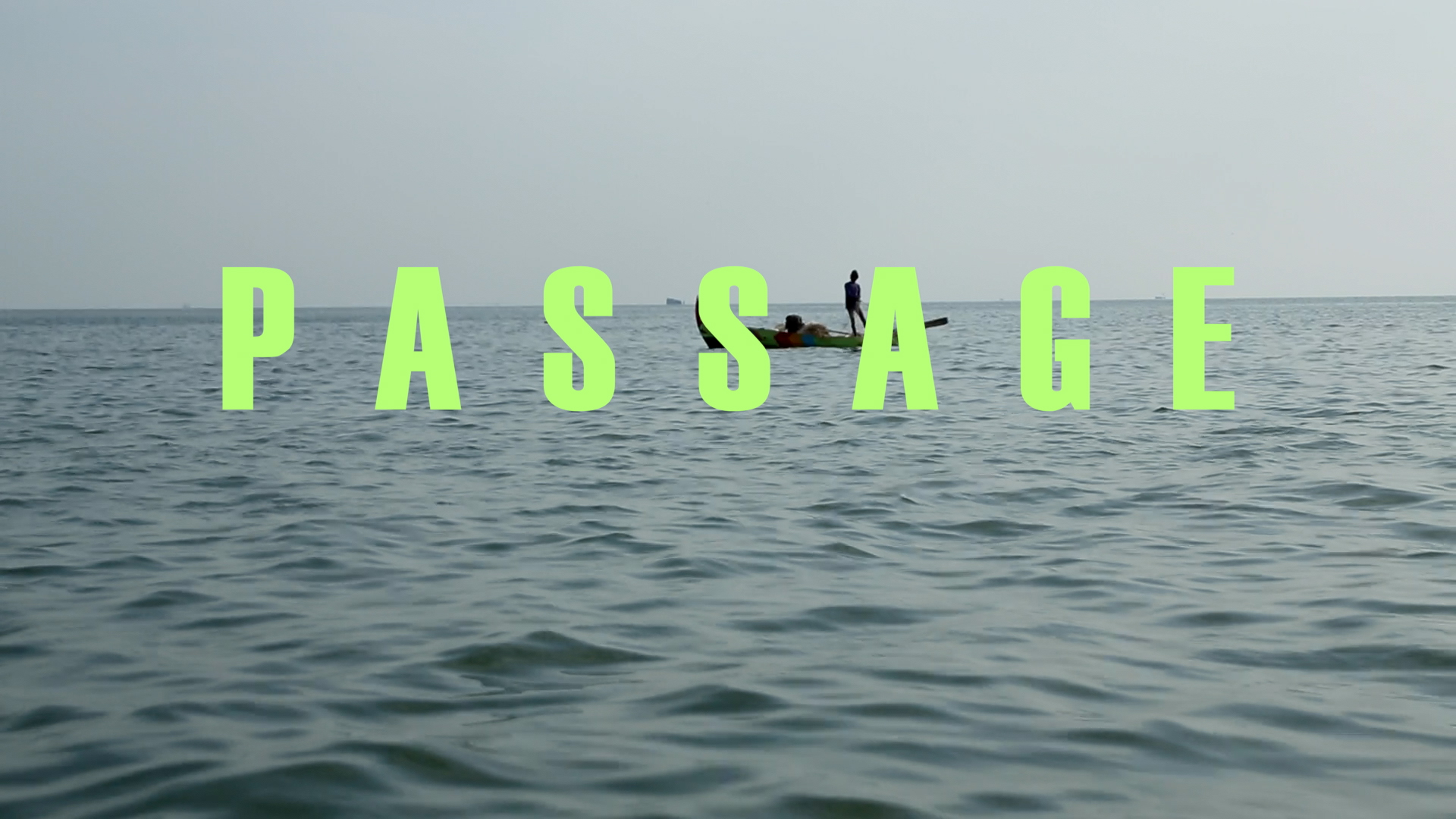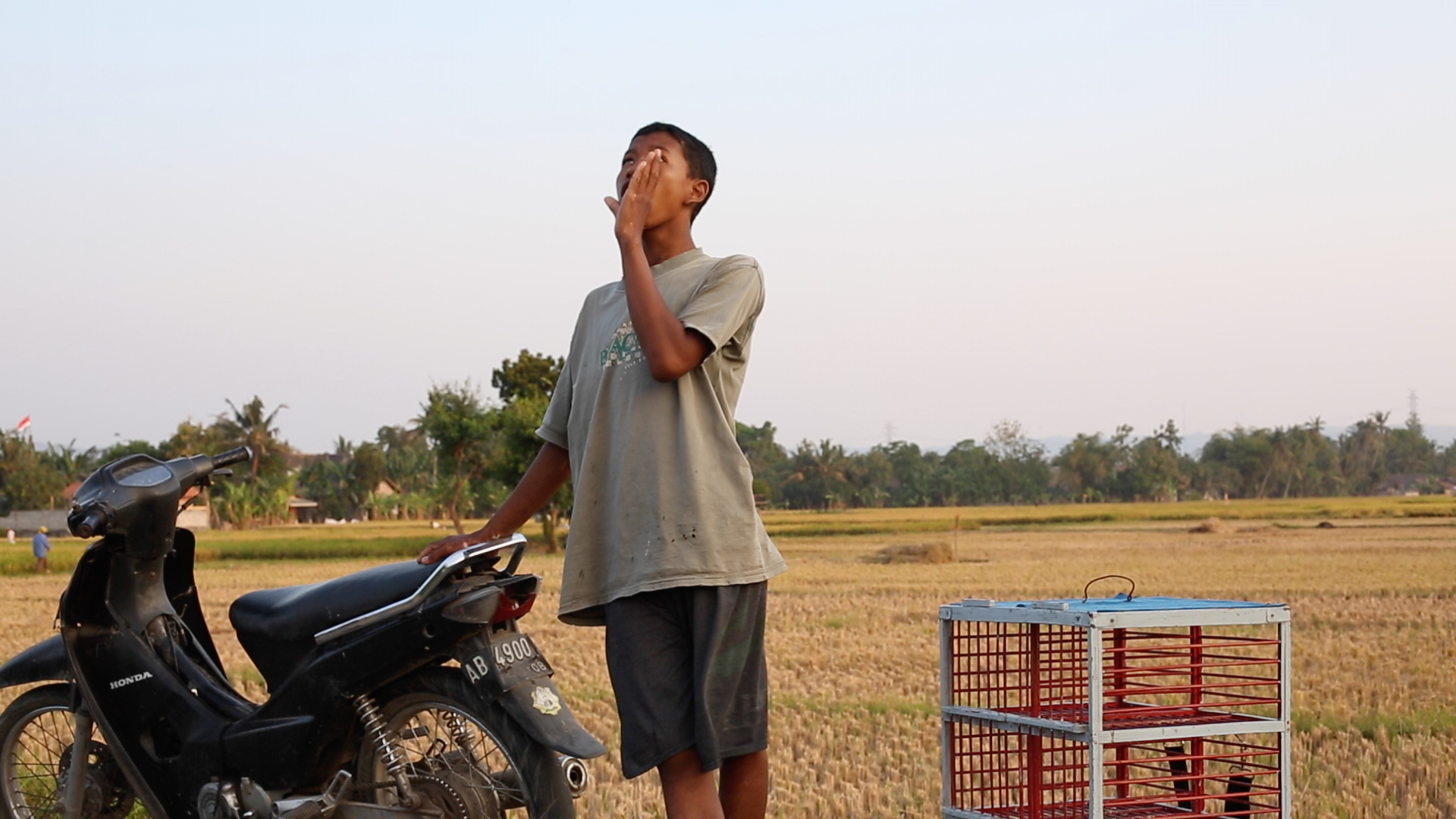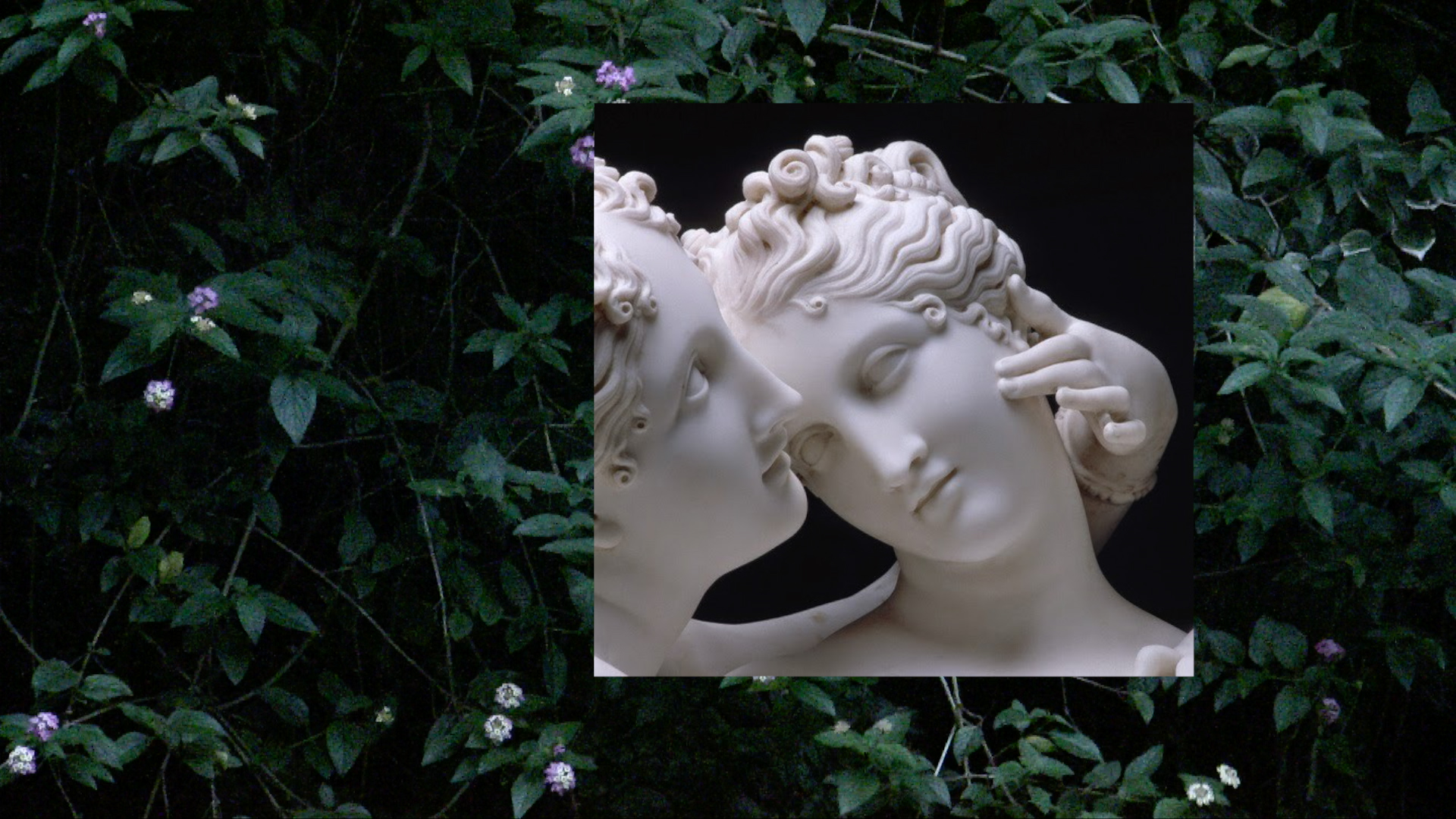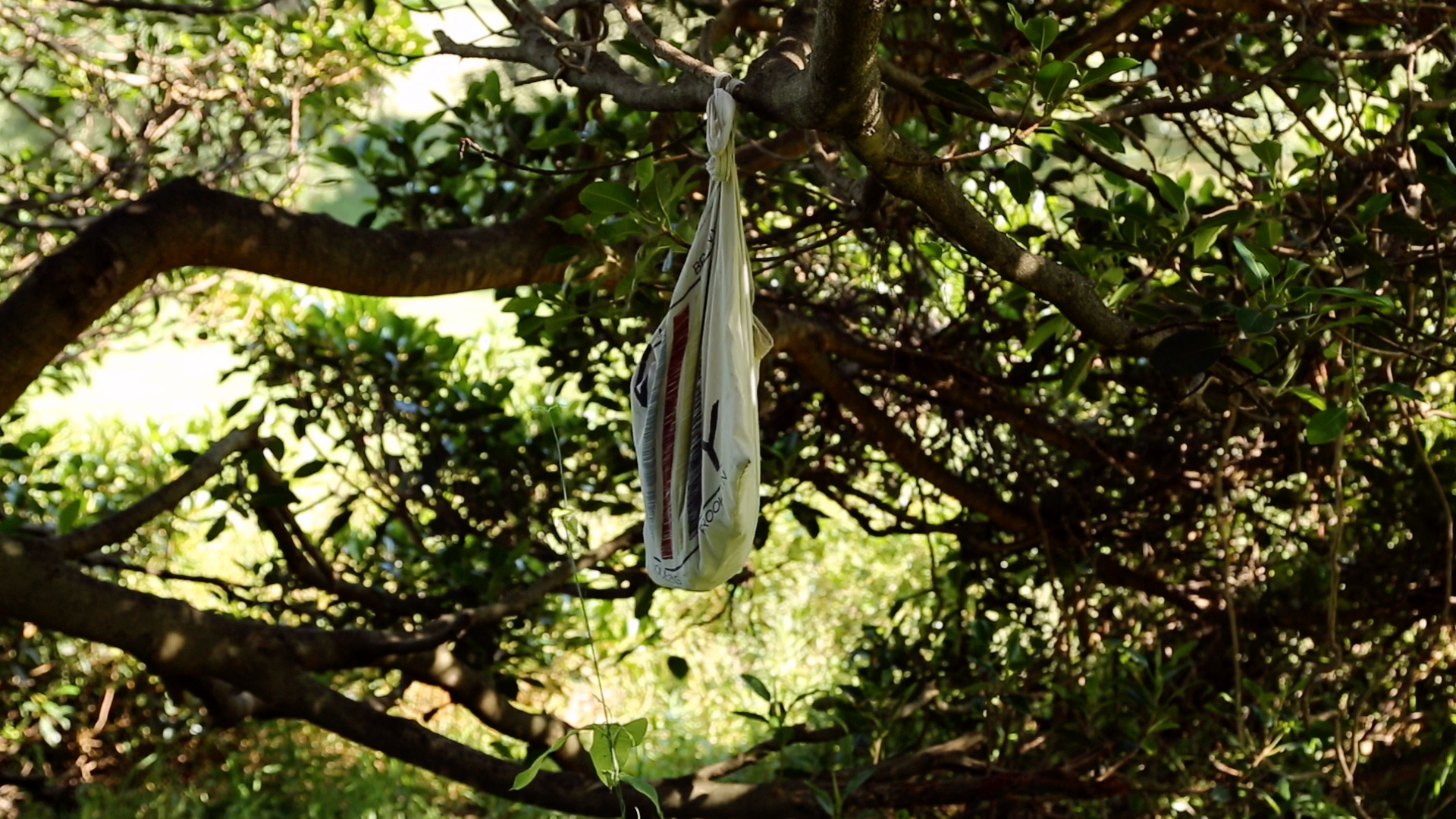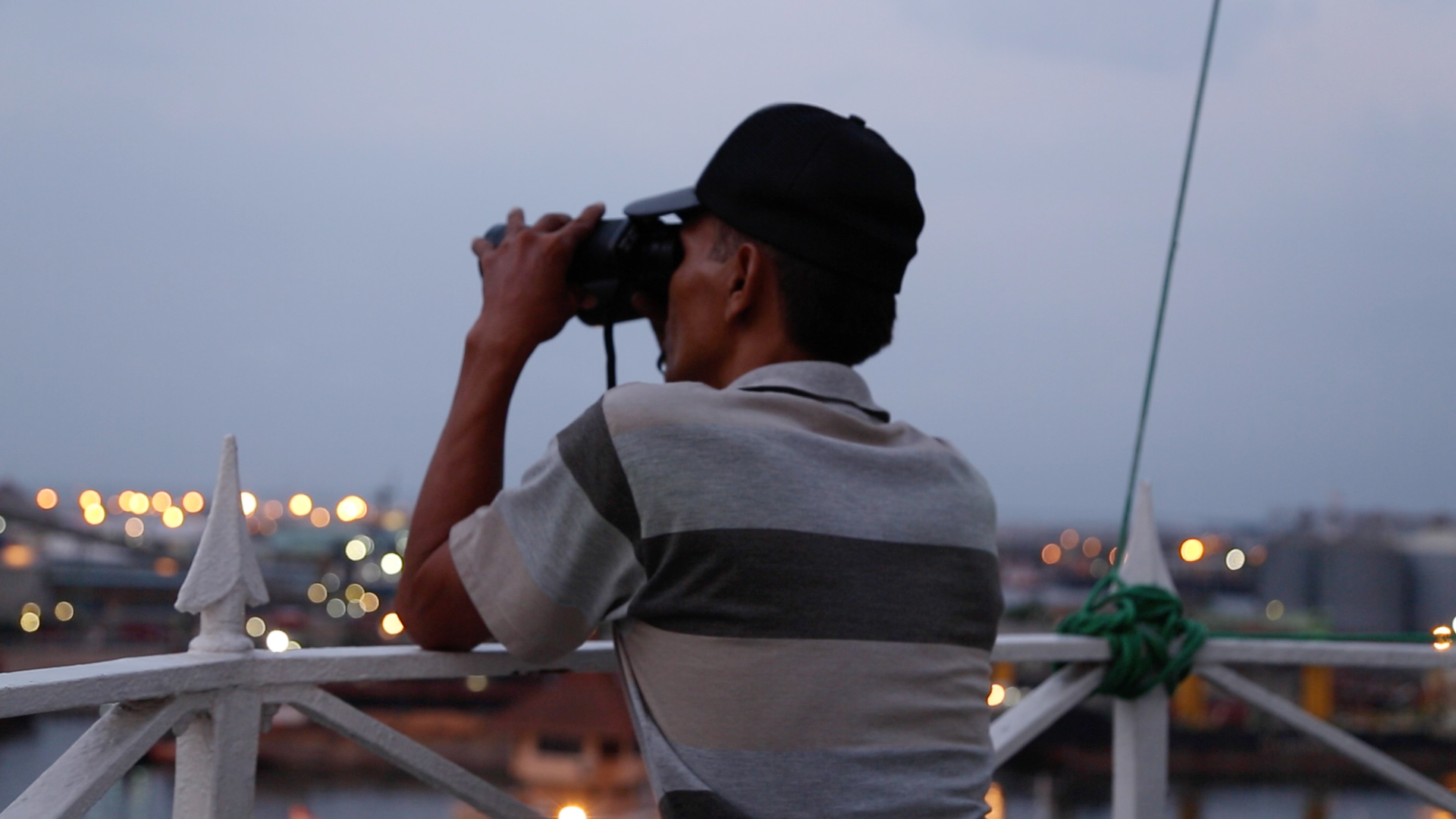
Q&A with Leyla Stevens
12.6.20
Australian-Balinese artist and researcher Leyla Stevens works predominately within moving image and photography. Her practice is informed by ongoing concerns around gesture, ritual, spatial encounters, transculturation and counter histories. In advance of exhibiting at West Space as part of PHOTO 2021, Leyla talks with us about connecting disparate moments, histories and narratives, and how parenting forced her to become a better artist.
What started your relationship with photography?
An inherited Minolta 35mm film camera when I was in high school. And the romance of the darkroom.
What is your motivation for making art?
My practice is an extension of a research driven engagement with the world, with histories of place, of visual and material cultures. More recently, I think I can sum it up with the word montage – it’s a way of connecting disparate moments, histories and narratives.
How do ideas relating to 'The Truth’ factor into your practice?
I would reframe questions of ‘Truth’ in image making as a question around master narratives. What are the narratives that have been told to us as neutral or self-evident, who gets to tell our histories and why? Much of my practice is a consideration of counterpoint stories to dominant narratives.
In this post-internet age, how do you see the viewer in relation to your artwork?
It’s made me very aware of how images are read now. We are consuming streams of images daily and in a way that was not possible when I first started photography. Most likely the image you want to make already exists out there, especially in representations of place. So I think this has pushed my approach to images to becoming more citational. I like the idea that when I present an image of the ocean horizon, we have seen this many times before, it exists across many screens in multiple iterations, it is a reference to an idea.
How do you go about developing new projects?
I tend to start with fieldwork and a research phase, followed by a series of shoots and then post-production editing. My projects usually involve collaboration with performers and a small production team, even if it’s simply a friend to assist me out with camera and sound.
I’ve always wished that I had a studio bound practice where I could shut myself away and have this internalised process, but the way my projects carry out forces me to be really external. I find the production phase to mostly centre on the logistics of how to get the right shot, and then when it’s just me editing alone, things can get more quietly intuitive.
How does your lived experience influence your work?
I don’t really make work that focuses on the personal – but my own lived experience acts as a barometer to the final work.
Who or what inspires you?
Other artists, cultural legacies, discourse. My daughter. Having a baby actually propelled my career forward in quite the opposite way to what most people tell you – parenting forced me to become a better artist.
What books are you currently reading?
I’ve been reading for comfort lately – dipping back into books I’m familiar with. Teju Cole, Known and Strange Things for clarity of vision. The Gift, for Daniel Ladinsky’s lyrical translations of Hafiz poetry. And then more recently, Joan Didion, The Year of Magical Thinking, for approaching grief and pain through the precision of language. Theory readings have included, An Oceanic Feeling: Cinema and the Sea by Erika Balsom. It is has helped me frame my own representations of oceanic space and rethinks that lineage of Eurocentric representation of the ocean as a sublime, unknown space between land mass, but more as an inhabited cultural space and a valuable common.
How are you spending your time with the current social distancing restrictions? Has this motivated you in a way that you might not have expected? Are you working on something new?
Because I can’t go out and shoot new work, I’ve been looking back at my own archives and existing footage as a material to work with. I recently went through all my old hard drives looking back over images I had made over a 10 year period and drew on this to make a new video for the experimental video art site, Prototype. So my work has become more contained in scope but also has resulted in some unexpected new ways of making that feels like a potential.
How do you hope our creative community will overcome this unique challenge?
There is a current emphasis on artists having to prove how resilient or adaptable they are in response to this wider collapse in the arts. For me, this time has really exposed the pre-existing precarity to being an artist – many of us live on short-term contracts and artists’ fees that are subject to funding. It has made me rethink the way I work, the amount of labour I put into a project, how I should utilise artist fees and a general introspection around if I am working at the cost of my family, my own health etc.
Do you have any unrealised projects you would like to work on?
I’m starting to research a new project that focuses on the recuperation of marginalized women’s narratives within Bali’s art canon, particularly looking at this period of early modernism and late colonialism. It is an interesting period to look at, and I’m hoping to think through the legacies of overlooked female artists and muses in Bali.
What advice would you give to your 15 year old self?
Sweetheart, it isn’t worth the worry.
